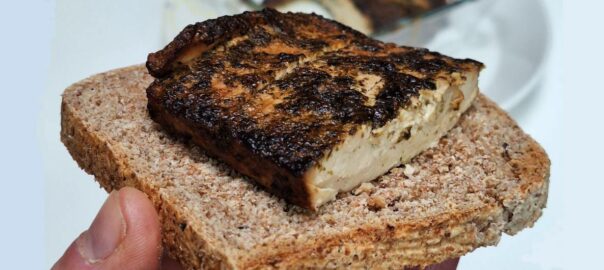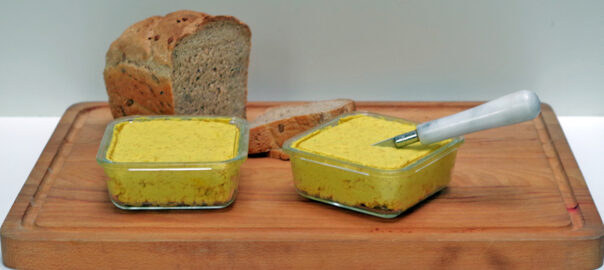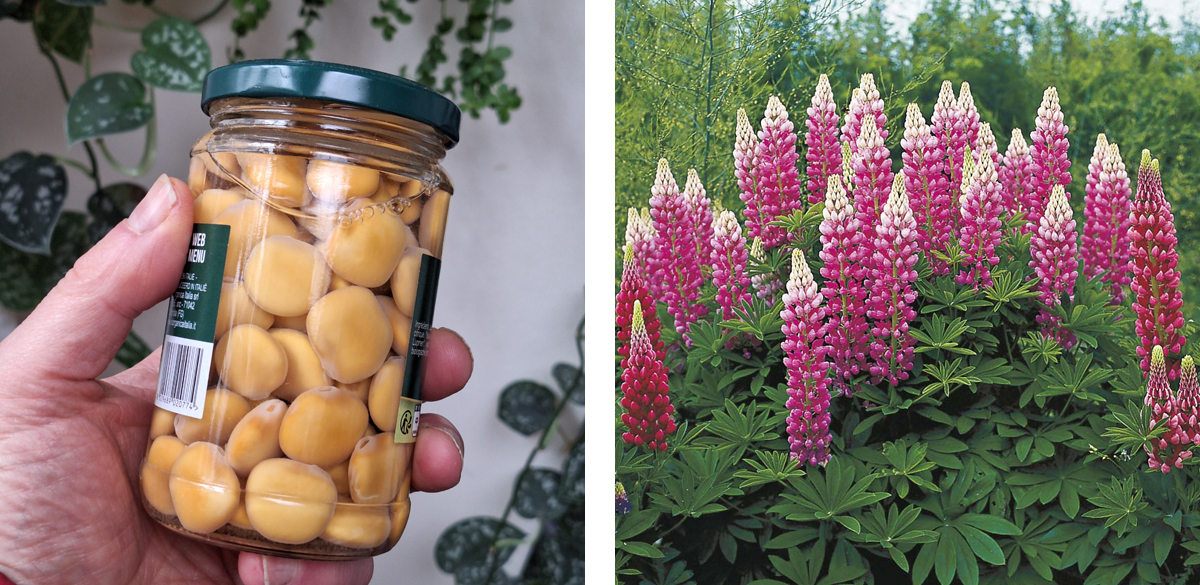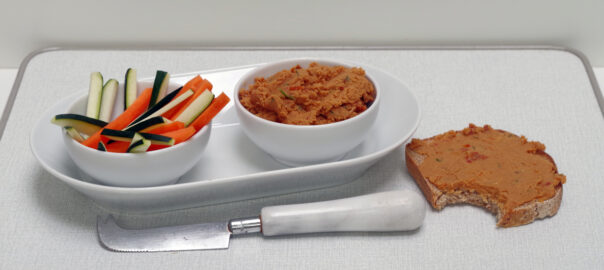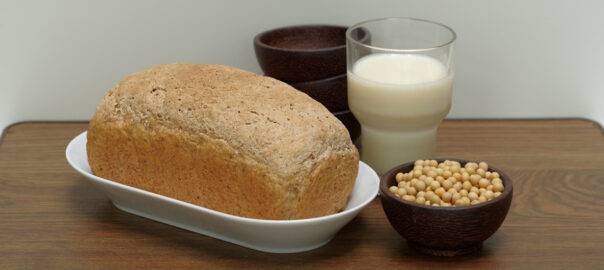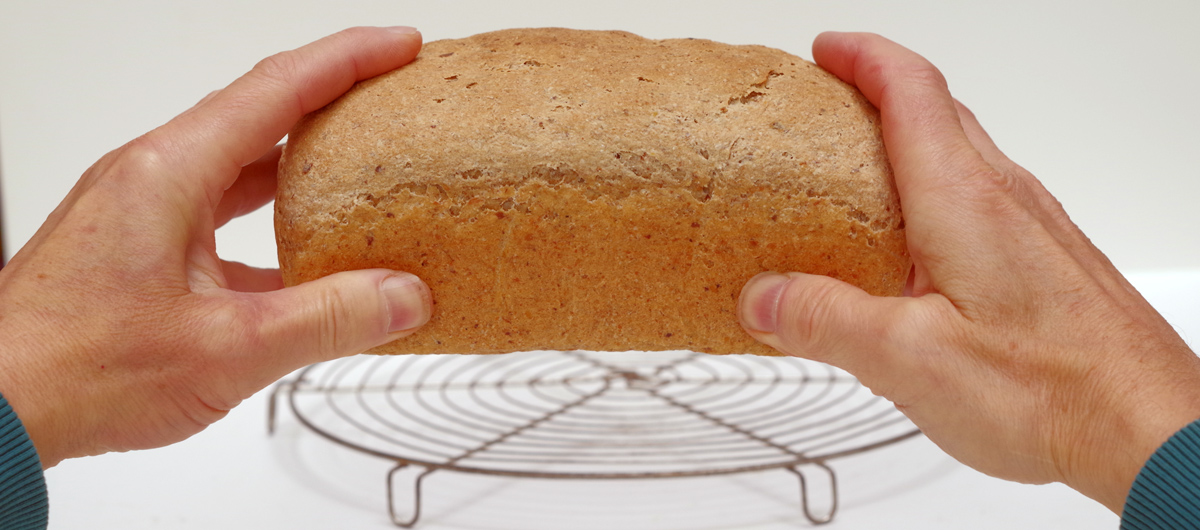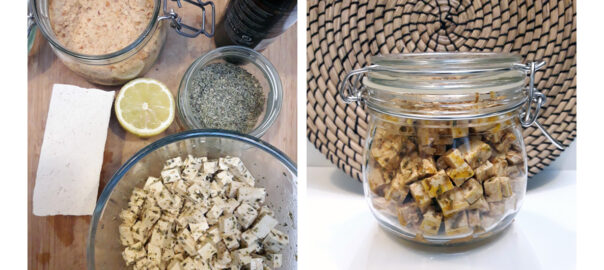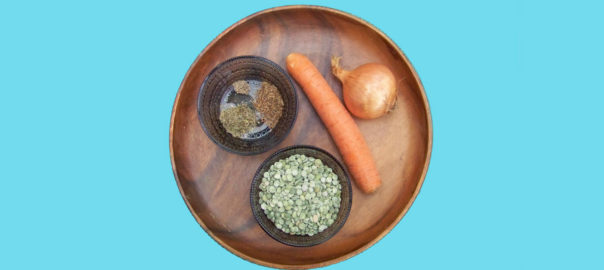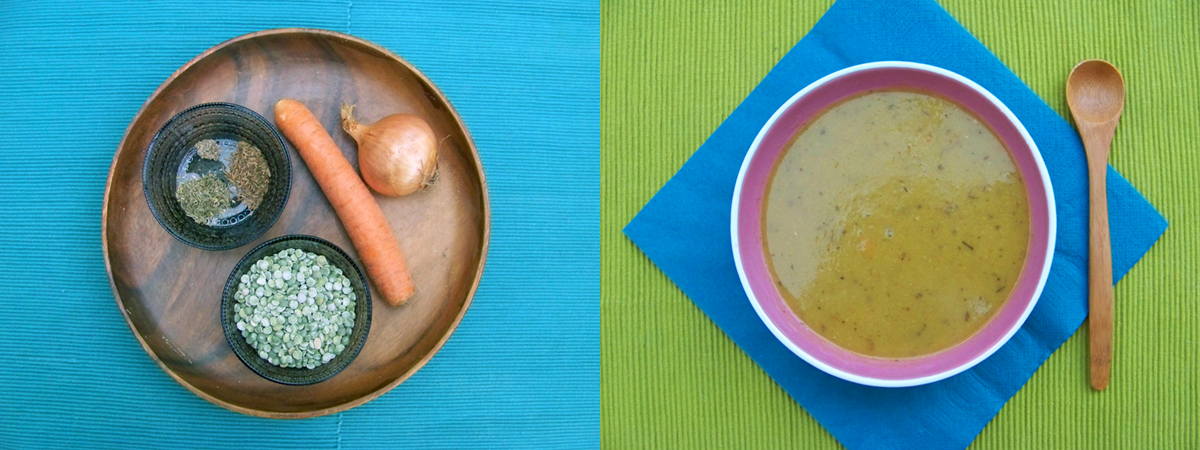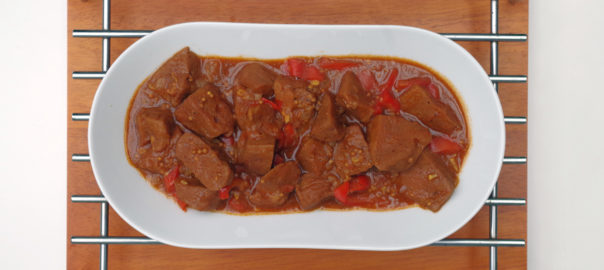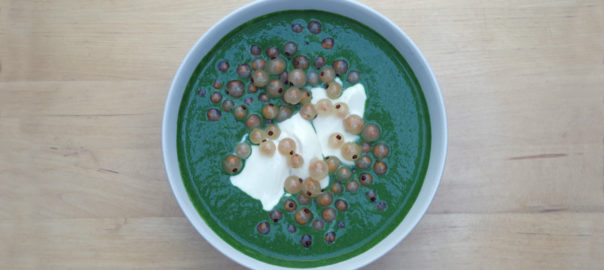Yoga Kitchen – Simple, healthy, and plant-based
The familiar taste of fried fish, fully plant-based
Reducing or completely eliminating meat from your diet is a first step towards a healthier environment and better health. The same applies to fish. However, this does not detract from the fact that many people truly enjoy the taste of fish. The good news is that you can bring that typical, rich aroma of the sea into your dishes in a plant-based kitchen by using seaweed and a few other ingredients.
On a Persian blog, I found a recipe for a marinade that makes your plant-based protein source (such as tofu or tempeh) taste just as good as your fish dishes of yesteryear.
What ingredients do you need for 500 g of fish-flavoured tofu?
These are the ingredients for the marinade:
- 6 cloves of garlic
- 5 tablespoons of white wine vinegar (apple cider vinegar also works)
- 2 tablespoons of soy sauce (tamari)
- 2 teaspoons of salt
- 1 teaspoon of black pepper
- the juice of one medium lemon
- 1 tablespoon grated ginger
- 1 heaped tablespoon brown miso paste
- 2 sheets of sushi nori, torn or cut into pieces
- 120 ml hot water
- 6 tablespoons of toasted sesame oil
You will also need 500 g of a good plant-based protein source with a firm texture, such as:
- tofu
- tempeh
- jackfruit (a tropical fruit with a firm and fibrous texture available in cans in Asian supermarkets or organic shops with a wide offer)
In the recipe, we will use tofu.
Preparation
Preparing the tofu
- Cut the block of tofu lengthwise into 2 to 3 slices
- Make parallel cuts about halfway through the thickness of the slice (do not cut all the way through)
- Place the sliced pieces in a container that can be covered with a lid
If you are using jackfruit or tempeh, you can also make incisions or cut them into pieces first, if necessary.
Marinate overnight
- Put all the ingredients for the marinade in a blender and mix until you have a greenish-brown liquid
- Pour the marinade over the sliced tofu
- Seal the container and place it in the refrigerator overnight
Frying or grilling
- Remove the marinated pieces of tofu with the excess marinade from the container.
- Fry in a pan with a little oil on both sides for a few minutes.
- Or place the pieces in a glass ovenproof dish and roast for about 20 minutes in the oven or in an air fryer at 180°C.
That’s it!
You’ll be amazed at how similar the result is to fried fish in terms of taste, texture and experience.
I was amazed by the result myself. It shows that with the creative use of purely plant-based ingredients, we can create a lot of flavour.
The myths about fish and our health
Omega-3 fatty acids
Eating fish is definitely not a good idea these days.
Fish is sometimes praised in dietitian and nutritionist circles for its supposed health benefits. This is mainly because of the oil found in fish. This oil is rich in omega-3 fatty acids. As a result, there is a whole supplement industry selling fish oil (at a high price) for its omega-3 content.
However, you can get your daily amount of omega-3 (cheaply) from one to two tablespoons of ground flaxseed.
But where do fish get these health-promoting fatty acids? They eat algae, which are the original source of omega-3 fatty acids. The primary source of omega-3 is therefore algae.
Antibiotics and other pollutants
Unfortunately, today’s fish can no longer be considered healthy. Sea fish contain high levels of heavy metals and chemical pollutants that concentrate in the fatty tissue of the fish. Farmed fish, on the other hand, contain antibiotic residues because these fish are raised in abnormal physical and emotionally stressful conditions. These naturally solitary and free animals are crammed together in large traps or sometimes in covered basins, and to reduce mortality from disease, parasites and infections, they are constantly given antibiotics by the farmers.
These antibiotics end up in our food, creating resistant microbes that are insensitive to the antibiotics used in conventional medicine.
Participate in our cooking classes:
Read more about plant-based nutrition and health:
Read more about plant-based food
Find out about yoga and yoga classes in Schaerbeek:
Check out our yoga classes here:

